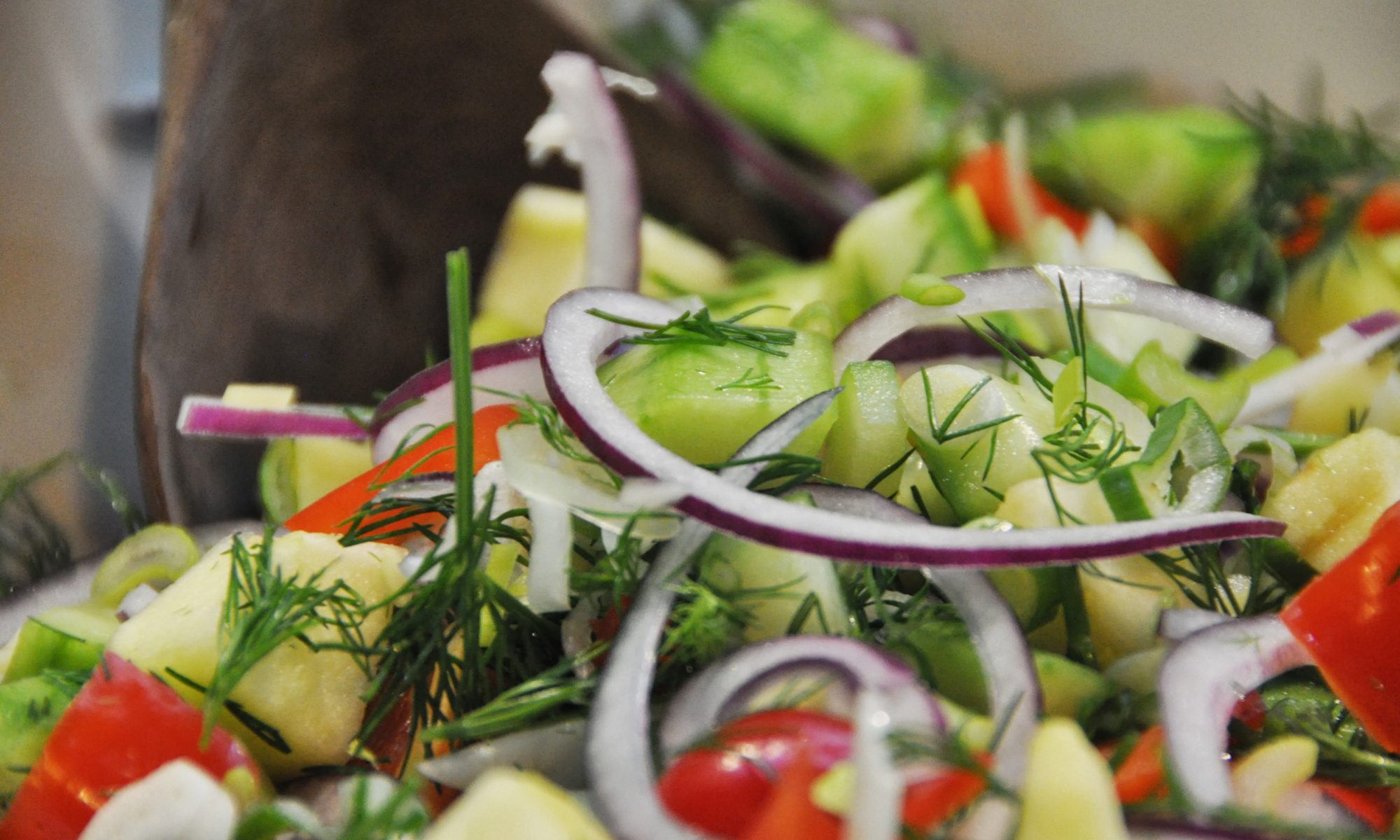
There’s a reason for the great classic recipes to be among the great classics, and this is one of them: a poached chicken breast, served with a Beurre Blanc sauce alongside anything suitable: freshly baked bread or some egg tagliatelle are popular, potato or potato-and-parsnip mash also works. The photo shows a potato gratin with toasted Brussel Sprouts, also nice.
Following is the wholesome from-scratch method that takes a little preparation time. I can’t vouch for the express method that uses breast fillets and instant poaching liquor.
Here’s the full Monty, which rewards with quality results and a second meal.
For the poaching liqor:
Buy a whole free range chicken, preferably a corn fed one. Take off the breasts and chill. Meanwhile chop one medium-sized onion, 3 gloves of garlic, two thumbs worth or fresh ginger, and any other suitable vegetables you find: leaks, cabbage greens, carrots, and so on.
Put the bird with the vegetables into a pot. Add 4 or 5 star anise, a heaped teaspoon of salt and pepper each, a couple of chillies. Then add cold water to just cover the lot, typically 1 to 1.5 litres, bring to the boil then let simmer very gently for 2 hours. Let cool down in the pot.
Eventually, take all meat off the bone and put it in the fridge. This makes a great chicken salad or a Fricassee on the next day, almost an instant meal! Or combine it with the poaching liquor and a splash of double cream for a delicious creamy chicken soup lunch!
Take the breasts from the fridge when you start cleaning the chicken. It helps to start at room temperature.
Poaching the breasts:
Key to poaching anything is to remember that poaching is not to cook. So, bring the liquor up to 85 C, remove the skin from the breasts and let them rest in the hot liqor for 15 minutes, a few minutes more if the meat was still cold or if you bought one of those 2 kg monster birds with breasts to match.
For the Beurre Blanc:
Dice a shallot finely and cook with a ladle of the poaching liquor and a ladle of dry white wine until the volume is reduced to half. Add a pinch of salt and freshly ground black pepper, optionally add a teaspoon of wholegrain mustard and, or, a tablespoon of small capers.
Take the pan off the heat and never return. It must not boil from here on!
Then take 125 g of cold butter. Dice it to little cubes, maybe 10 mm each side. Keep 5 or 6 of these behind and melt the others in the sauce, whisking fairly vigorously. Then add the remaining butter and stir in very gently, thus dissolving any foam that might have developed.
Dish out your chosen side dish, slice the breast, add the sauce and serve with a dry white wine.
Nothing wrong with that!














 Here’s another fantastic excuse for a bowl of saffron Basmati rice.
Here’s another fantastic excuse for a bowl of saffron Basmati rice. 

















 I am not sure if this is a concept or a recipe since it has seen so many variants over time, but it always comes out as a finger-lickin’ and lip-smackin’ success.
I am not sure if this is a concept or a recipe since it has seen so many variants over time, but it always comes out as a finger-lickin’ and lip-smackin’ success.

























 Pretty quick and easy to prepare and very satisfying on a cold day: Poached smoked Haddock with a poached egg, served on a bed of green lentil ragout.
Pretty quick and easy to prepare and very satisfying on a cold day: Poached smoked Haddock with a poached egg, served on a bed of green lentil ragout.












 Following on with the theme and tone set by
Following on with the theme and tone set by 






















 This is a lovely meal, but as most good soups go, it is not quite a one pot wonder. It pleased the good wife last night though, what more can I ask?
This is a lovely meal, but as most good soups go, it is not quite a one pot wonder. It pleased the good wife last night though, what more can I ask?










